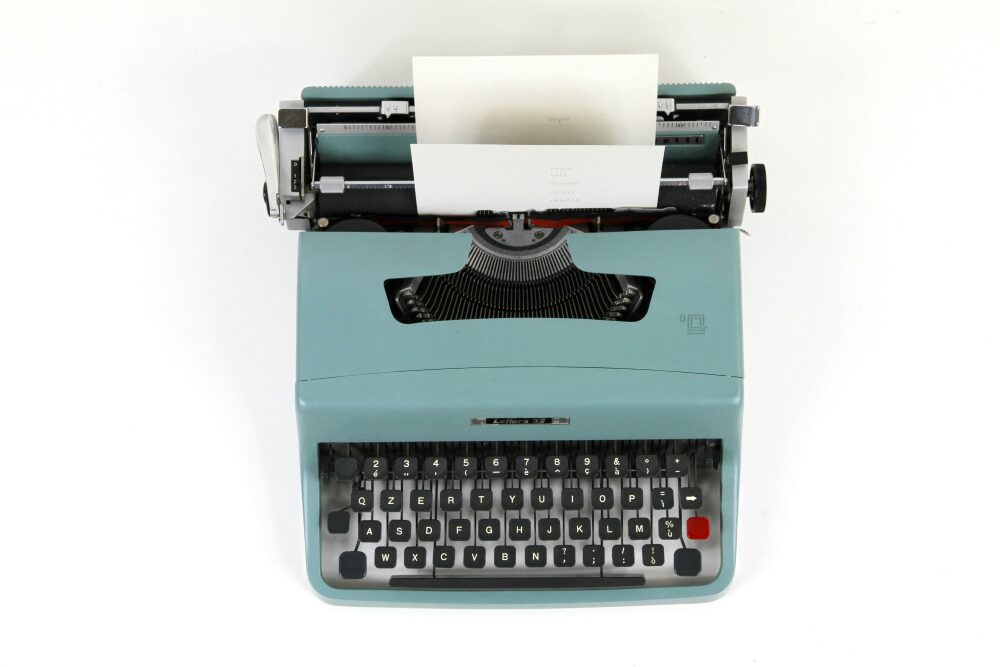Fiction vs. Nonfiction Developmental Editing: What’s the Difference?
Developmental editing is a crucial stage in the writing process for both fiction and nonfiction. It’s where the big picture elements of a manuscript are refined—story structure, pacing, character development, and clarity of argument or narrative. However, the approach and focus of developmental edits can differ significantly between fiction and nonfiction due to the different purposes these two genres serve. Understanding these distinctions can help authors and editors alike navigate the editing process more effectively.










